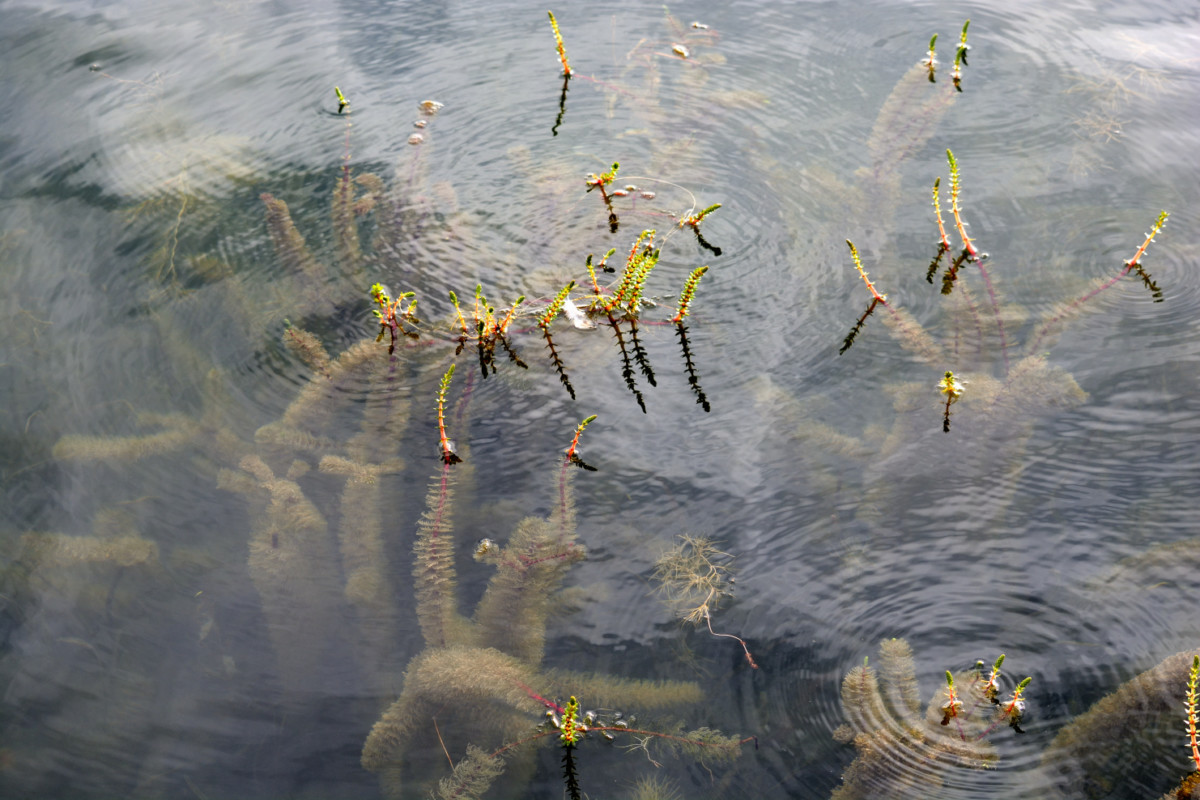PLM, the company treating Clark Lake’s invasive weed invasion, will be here at the lake on August 3rd. Steve Hanson of PLM, and a representative of SePRO, will survey the lake and collect additional information about our situation. SePRO provides products to tame or eliminate invasive species. According to Steve Hanson, SePRO has “been very good at providing a guarantee of control if they are involved in the project development.”
 PLM also treats other lakes in our region, and they have found each lake to be individual. Take, for example, this chain reaction when Eurasian milfoil enters a lake. The invader mates with the native plant. The resulting hybrid mates with other hybrids and native plants. Or varieties of hybrids travel from lake to lake by boat or other means. Darwinian evolution implies improved sustainability and thus, a greater opportunity to procreate, and become immune to threats like treatment programs. Take that cycle through several iterations, and you can see the challenge in knocking off an invasive species.
PLM also treats other lakes in our region, and they have found each lake to be individual. Take, for example, this chain reaction when Eurasian milfoil enters a lake. The invader mates with the native plant. The resulting hybrid mates with other hybrids and native plants. Or varieties of hybrids travel from lake to lake by boat or other means. Darwinian evolution implies improved sustainability and thus, a greater opportunity to procreate, and become immune to threats like treatment programs. Take that cycle through several iterations, and you can see the challenge in knocking off an invasive species.
During the 2016 season, PLM treated about 30 acres of HEWM with a product called Renovate (active ingredient, triclopyr). According to PLM’s Steve Hanson “initial results were good, but follow up surveys indicated regrowth of HEWM by summer’s end.” Steve noted “these results were concerning to me, as I expected our treatments to have at least season-long effects, if not multiple years.”
Based the upcoming August 3rd survey, SePRO may recommend a different product like Sonar, or a new product. “This new product,” says Steve Hanson, “is currently being tested in Michigan.” It’s not known if it will be approved, nor is pricing available.
Clark Lake declared war on the advance of the invasive weed–hybrid Eurasian water milfoil (HEWM). Why? Where left unchecked, HEWM can diminish recreational use of a lake, destroy wildlife habitat, and negatively affect property values. A majority of Clark Lake lakefront property owners petitioned Columbia Township to establish a special assessment district (SAD) to deal with the problem. The SAD allows treatment of HEWM wherever it exists in the lake and covers the cost of the project through the property taxes of lakefront landowners.










